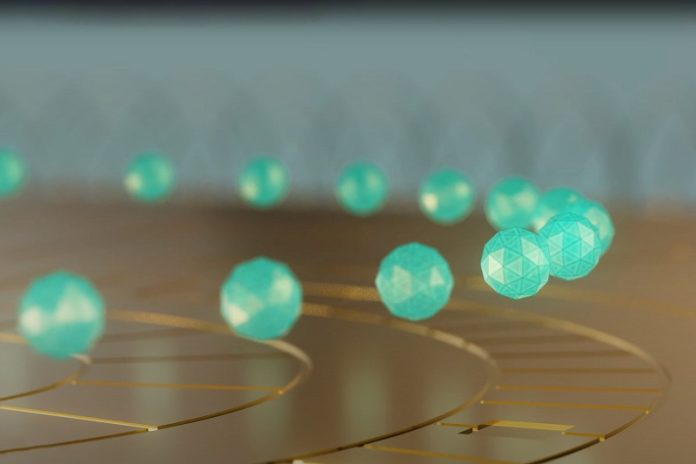
In a major breakthrough, scientists have used a 56-qubit quantum computer to create and confirm truly random numbers — something that’s impossible for regular computers to do alone.
This achievement could have big impacts on data security, privacy, and future technologies.
The research, published in Nature, was carried out by a team from JPMorganChase, Quantinuum, Argonne and Oak Ridge National Laboratories, and The University of Texas at Austin.
They used Quantinuum’s upgraded quantum computer, called the System Model H2, which contains 56 powerful trapped-ion qubits.
This system was able to generate random numbers and then prove they were genuinely unpredictable — a task regular computers can’t reliably do.
The idea of “certified randomness” comes from Scott Aaronson, a quantum computing expert at UT Austin. He first proposed the idea in 2018, and now, years later, his theory has become a reality.
Certified randomness means not only creating random numbers but also proving they were freshly made and couldn’t have been faked or predicted.
Random numbers are essential for secure communications, like keeping your online data private, and for making fair systems in technology and science.
While classical computers can produce numbers that seem random, they usually rely on hardware generators, which can be hacked or tampered with. A truly random source is safer — and quantum computers can provide just that.
In this new experiment, the team used a process called random circuit sampling (RCS). First, they gave the quantum computer complex puzzles that it could only solve by choosing answers at random.
Then, using some of the world’s most powerful classical supercomputers — including those at Oak Ridge and Argonne — they verified the randomness of the quantum computer’s answers.
These supercomputers ran at a combined speed of over 1.1 exaFLOPS, or 1.1 quintillion operations per second, to complete the check.
Together, the quantum and classical machines confirmed more than 71,000 truly random bits — a huge step in proving that quantum computers can solve problems that classical computers can’t.
Quantinuum’s CEO, Dr. Rajeeb Hazra, called it a “pivotal milestone” that shows how quantum technology is becoming useful for real-world tasks. The high accuracy and strong design of their H2 system made this result possible, far ahead of what current classical computers can do.
This advance also shows how important it is to connect powerful quantum and classical computing systems. According to the researchers, it’s a sign that quantum computers are no longer just theoretical tools — they’re becoming practical machines that could shape the future of technology.



